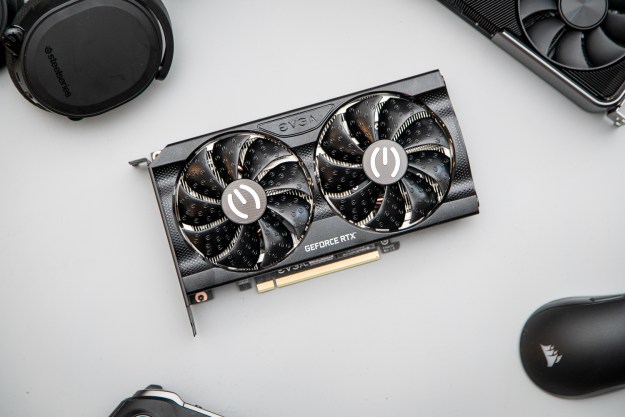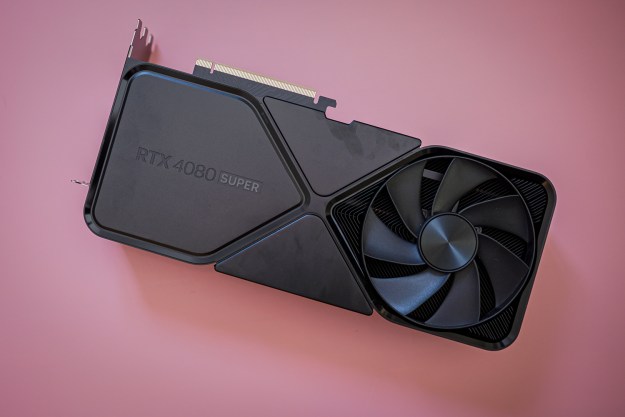
Despite Nvidia originally downplaying the impact of cryptocurrency miners on the availability and pricing problems facing the graphics card industry over the past year, new financial data suggests the impact may have been great. In the last quarter alone, Nvidia estimated that almost 10 percent of Nvidia’s revenue came from cryptocurrency miners and that doesn’t even factor in cards bought by miners under the guise of being high-end gamers.
We’ve been covering the unprecedented spikes in graphics card pricing for the past year and documented how most mainstream cards were priced far beyond what gamers could afford to pay. Cryptocurrency miners were blamed for buying up much of the stock and Nvidia’s new financial report suggests that could well have been the case. With near $290 million in sales to miners in the last quarter alone, Nvidia has made a lot of money from miners buying its graphics cards.
Overall Nvidia’s revenue reached $3.21 billion in the first quarter of the 2019 financial year, a rise of 66 percent over a year ago. That can be broken down into several key areas. Hardware sold for rendering purposes made up $250 million, while automotive graphics purchases topped $145 million, and datacenter sales hit a new high of $700 million. “OEM and IP” sales accounted for $387 million, but gaming still made up the largest portion of Nvidia’s revenue stream, reaching $1.723 billion, but Nvidia did say that may not be entirely accurate.
Nvidia’s CEO, Jensen Huang, said in an interview that there was no accounting for cryptocurrency miners who purchased gaming cards from retailers, as there is no stipulation that they need to be forthcoming about what they were buying the cards for. There’s also no telling how many ‘gamers’ also used their cards for mining in their downtime, as some companies have previously suggested they do.
“There is no way to tell [how many gamer cards were sold to miners] because a lot of gamers when they aren’t playing games, they’re doing a little mining,” Huang told MarketWatch. “The reason why they bought it is for gaming, but while they’re not gaming — while they’re at school, at work, or in bed — they’ll turn it on and do a little mining. There’s nothing wrong with that, I think that’s fine, but the real reason why they bought it is for gaming.”
Editors' Recommendations
- Intel Battlemage graphics cards: release date speculation, price, specs, and more
- You shouldn’t buy these Nvidia GPUs right now
- Nvidia just made GeForce Now so much better
- Why I’m feeling hopeful about Nvidia’s RTX 50-series GPUs
- CableMod’s adapters damaged up to $74K worth of Nvidia GPUs





